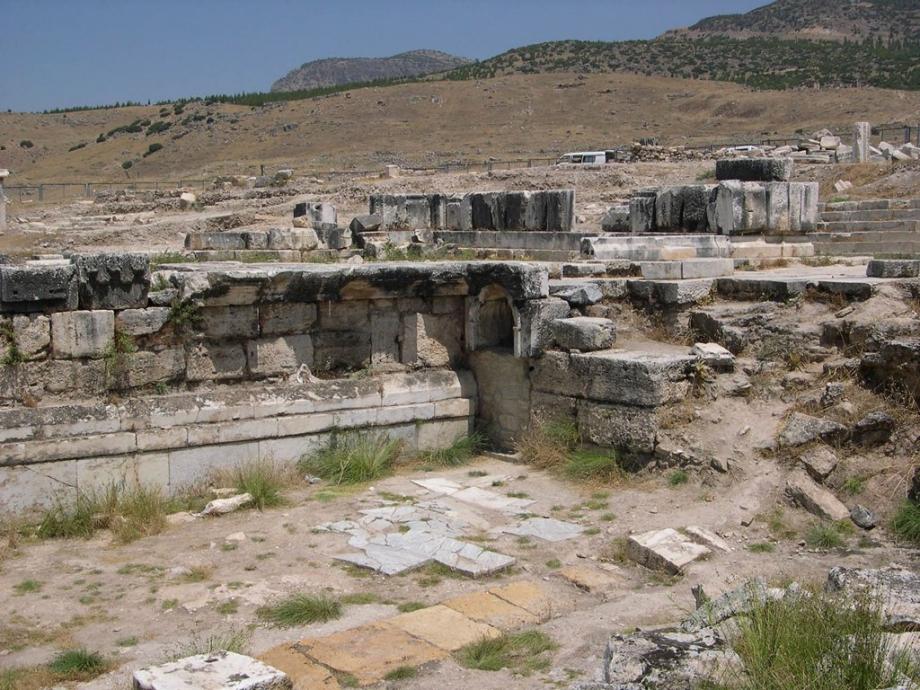

 |
 |
| The site as it appears
now (source
of this photograph) |
The site as it might have
appeared in ancient times. This photograph,
credited to Francesco D'Andria, the Italian archaeologist
that announced the discovery in March, 2013, is found in a news
report from the National Geographic Society. |